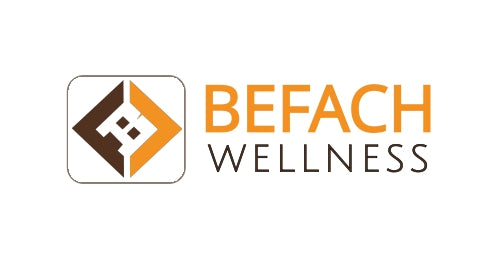
The Rice Dilemma: Can Diabetics Really Eat Rice? The Low GI Solution
Share
For many dealing with diabetes, one question often brings uncertainty: can diabetics eat rice? Rice is a staple food for a large part of the world, loved for its versatility and comfort. However, traditional rice, especially white rice, is known for its high glycemic index (GI), leading to rapid spikes in blood sugar levels.
This has long posed a significant challenge for those managing diabetes, often leading them to avoid rice altogether. But what if there was a way to enjoy rice without the constant worry about blood sugar spikes?
Understanding the Glycemic Index (GI)
The glycemic index is a value used to measure how quickly a carbohydrate-containing food raises blood glucose levels. Foods are ranked on a scale from 0 to 100:
- Low GI: 55 or less
- Medium GI: 56 to 69
- High GI: 70 or more
Foods with a high GI are quickly digested and absorbed, causing a rapid rise in blood sugar. For people with diabetes, managing these spikes is crucial for preventing complications.
Learn more about healthy eating and diabetes management from reputable sources like the National Institute of Diabetes and Digestive and Kidney Diseases (NIDDK).
The Challenge with Traditional Rice
Traditional white rice typically has a high GI, often ranging from 70 to 80. This makes it a food that can significantly impact blood glucose control for diabetics. While brown rice has a slightly lower GI than white rice, it can still be medium to high depending on the type and cooking method.
The Solution: Low GI Rice for Diabetics
The good news is that not all rice is created equal. The emergence of specially processed or selected low GI rice varieties offers a promising alternative. These types of rice are processed or naturally possess characteristics that result in a slower, more gradual release of glucose into the bloodstream, helping to maintain more stable blood sugar levels.
The American Diabetes Association (ADA) emphasizes the importance of carbohydrate counting and choosing complex carbohydrates with fiber and lower GI when possible as part of a healthy diabetes meal plan.
Introducing Befach Fortified Low GI Rice
At Befach Wellness, we understand the desire to enjoy food while managing your health. That's why we offer our Befach Fortified Low GI Rice.
Our rice is specifically developed to be a diabetic-friendly rice option. It's certified low GI, meaning it has a significantly lower impact on blood sugar compared to regular white rice. But that's not all – it's also fortified, pesticide-free, non-GMO, and offers that familiar, delicious taste and texture you love in white rice.
Choosing Befach Low GI Rice means you don't have to completely eliminate rice from your diet. You can enjoy your favorite meals while actively supporting your blood sugar management goals.
Tips for Enjoying Rice with Diabetes (Even Low GI Rice)
While low GI rice is a better choice, remember that portion control and overall diet are key:
- Watch Portions: Even low GI foods should be consumed in moderation.
- Pair Smartly: Combine your rice with plenty of non-starchy vegetables, lean proteins, and healthy fats. This further slows digestion and glucose absorption.
- Cooking Method: Cooking rice with more water and cooling it before eating (and reheating) can slightly lower its effective GI.
- Balance: Ensure your meal is balanced with different food groups.
Conclusion: Rice Can Be On The Menu
The Rice Dilemma has a solution. With the availability of low GI rice, like Befach Fortified Low GI Rice, diabetics can confidently include rice in their diet as part of a balanced meal plan. It's about making informed choices and selecting foods that support your health journey.
Ready to enjoy rice again? Explore our Low GI Rice products today!
